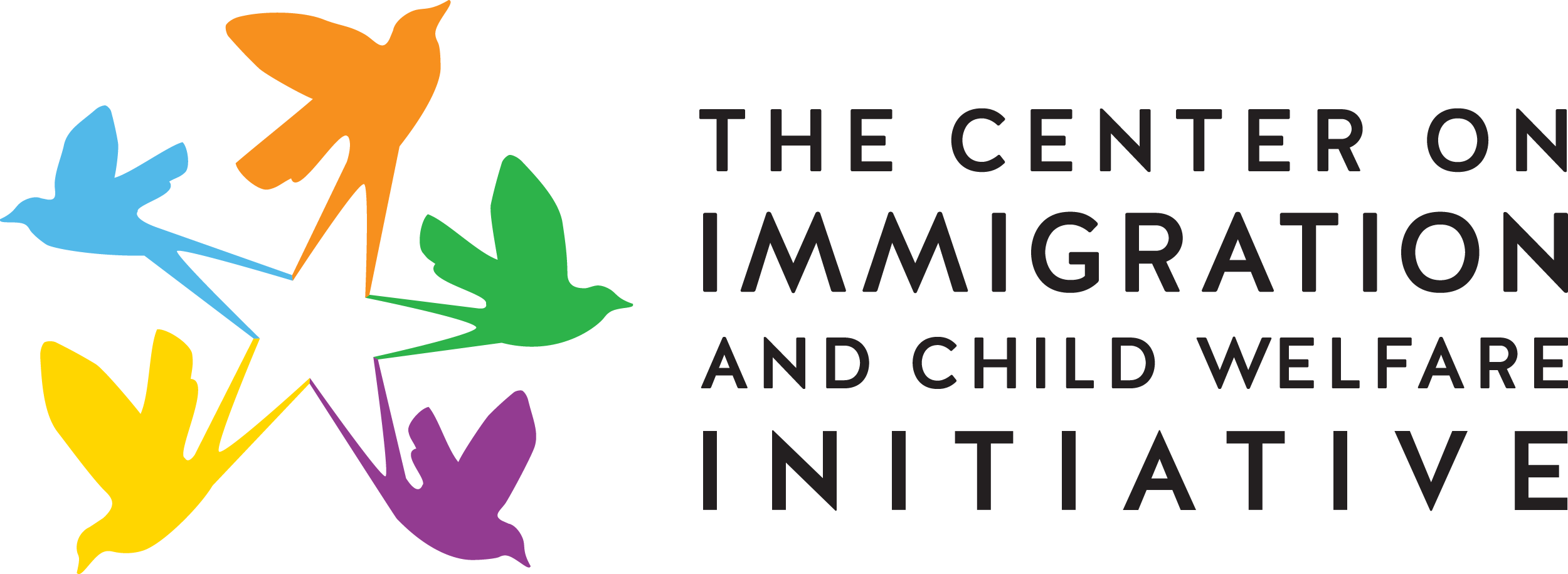Practice Alert: SIJS Policy Updates and Proposed Regulations
Immigrant Legal Resource Center (November 5, 2019)
This practice alert highlights the key take-aways from three recently adopted AAO decisions and some of the most important elements of the proposed regulations for advocates to challenge through comments, and contains an Appendix with case summaries of the AAO decisions.

